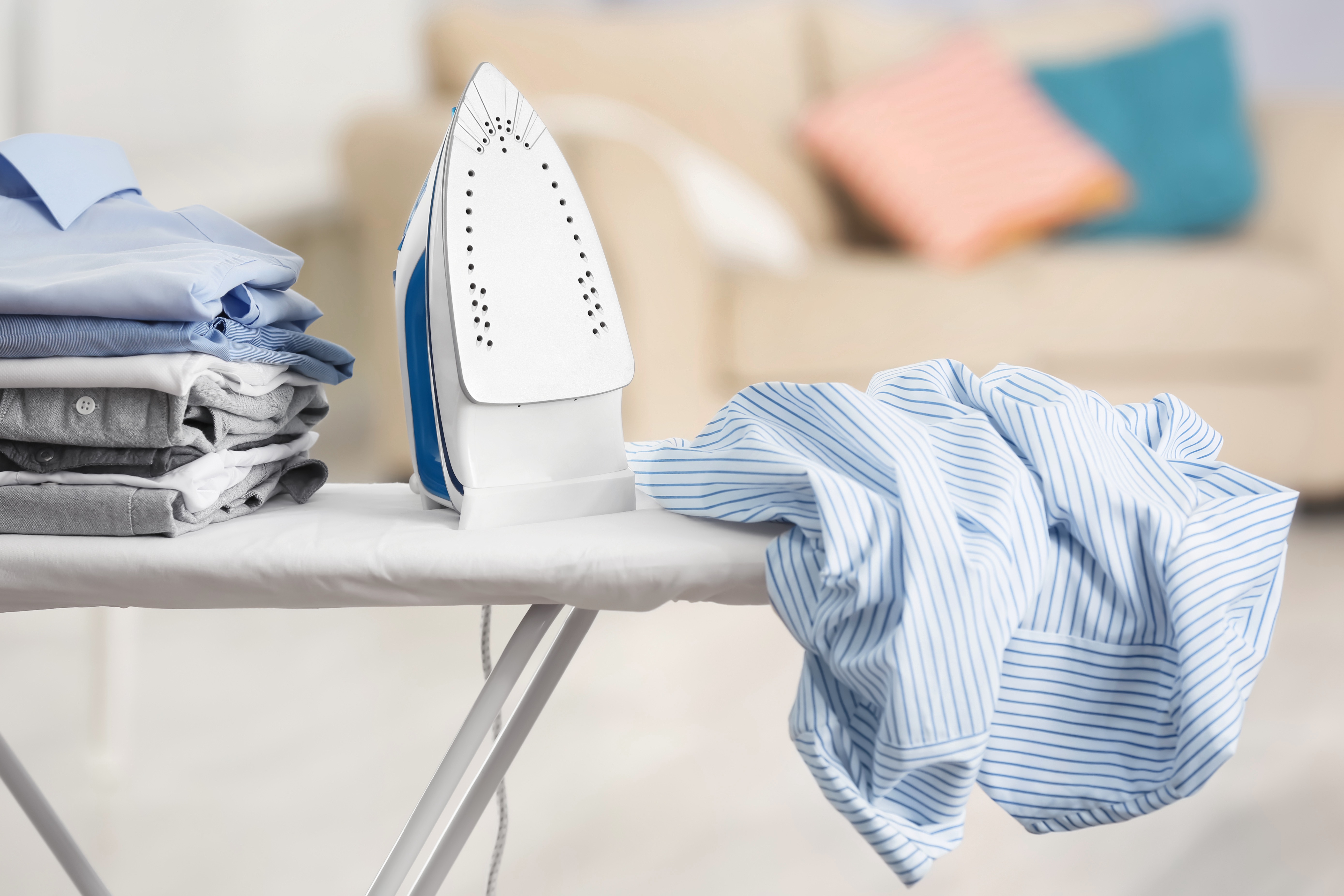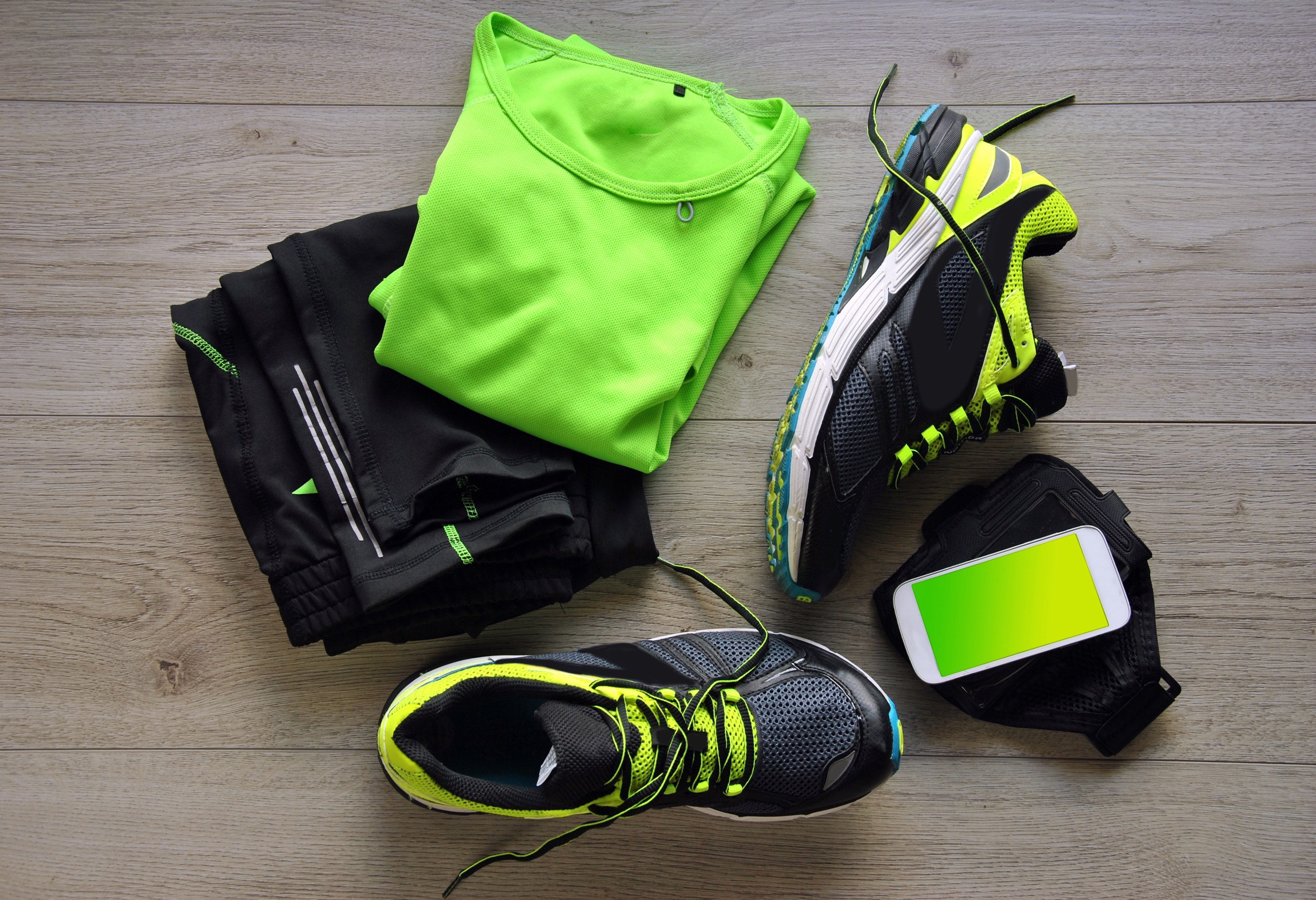How to properly iron clothes and bedding: a practical guide
Post Date:

How To Properly Iron Clothes and Bedding
Ironing is an essential part of maintaining the appearance and longevity of your clothes and bedding. Proper ironing techniques can help eliminate wrinkles and creases, giving your garments and linens a crisp, fresh appearance. This guide will provide you with tips and techniques for properly ironing clothes and bedding to ensure they look their best.
1. Preparing Your Items for Ironing
Before you begin ironing, it's crucial to prepare your clothes and bedding to achieve the best results. Here are some steps to follow:
- Make sure your items are clean and dry. Ironing dirty or damp items can set stains and make them more difficult to remove in the future.
- Unfold and smooth out your clothes and bedding on a flat surface to ensure they are as wrinkle-free as possible before ironing.
- Check the care label on each item to determine the appropriate ironing temperature and settings. Different fabrics require different levels of heat, so it's essential to adjust your iron accordingly.
2. Setting Up Your Ironing Station
A well-prepared ironing station is essential for achieving professional-looking results. Here's how to set up your ironing station:
- Use an ironing board with a smooth, heat-resistant cover. Ensure the board is stable and adjusted to a comfortable height for you.
- Fill your iron with distilled water if it has a steam function. Distilled water helps prevent mineral buildup and prolong the life of your iron.
- Plug in your iron and set it to the appropriate temperature for the fabric you'll be ironing. Allow the iron to heat up before starting.
- Keep a spray bottle filled with water nearby to lightly mist fabrics if needed. This can help eliminate stubborn wrinkles and create a smoother finish.
3. Ironing Clothes
When ironing clothes, it's essential to use proper techniques to avoid damaging the fabric and ensure a smooth, wrinkle-free finish. Here are some tips for ironing various types of garments:
- Shirts: Start by ironing the collar, then move on to the shoulders and yoke. Next, iron the sleeves, being careful to avoid creasing the fabric. Finally, iron the body of the shirt, working from the top down.
- Pants: Lay the pants flat on the ironing board with the waistband at one end and the legs at the other. Start by ironing the waistband, then move on to the pockets, seams, and creases. Iron one leg at a time, being careful to maintain any existing creases.
- Dresses and skirts: Iron the waistband and seams first, then work your way down the garment, following the shape of the fabric. Use a pressing cloth or a thin, clean towel to protect delicate fabrics from direct contact with the iron.
4. Ironing Bedding
Ironing your bedding can give your bedroom a polished, luxurious appearance. Here are some tips for ironing various types of bedding:
- Sheets: Start by folding the sheet in half, matching the corners and edges. Lay the folded sheet on the ironing board and iron the top layer, working from the center outward. Flip the sheet over and repeat the process for the other side. Fold the sheet again and iron both layers, then fold once more and iron to ensure a smooth finish.
- Pillowcases: Iron the pillowcase flat on the ironing board, starting at the hem and working your way toward the center. Flip the pillowcase over and repeat the process for the other side. For decorative pillowcases with embroidery or other embellishments, use a pressing cloth to protect the fabric and design.
- Duvet covers: Iron the duvet cover inside out, starting with the seams and edges. Work your way toward the center of the cover, being careful not to stretch the fabric. If your duvet cover has buttons or other closures, use a pressing cloth to prevent damage.
5. General Ironing Tips
Here are some general tips to ensure the best results when ironing your clothes and bedding:
- Keep the iron moving to avoid scorching or damaging the fabric. Do not let the iron sit in one spot for too long.
- Use the steam function on your iron or a spray bottle to lightly mist fabrics as needed. Steam helps relax fibers and remove stubborn wrinkles more effectively.
- For delicate fabrics or items with intricate designs, use a pressing cloth or a thin, clean towel to protect the fabric from direct contact with the iron.
- Always unplug your iron and allow it to cool before storing it. Wrap the cord loosely around the iron to avoid damaging the internal components.
Properly ironing clothes and bedding not only enhances their appearance but also helps maintain their longevity. By following the tips and techniques outlined in this guide, you can ensure that your garments and linens always look crisp, fresh, and well-cared-for.
Last Update: Feb 23, 2023 / 12:00 AM
Related Posts
Expert Cleaners
Let proffesionals clean your clothing
Detailed Inspection
Pockets, stains, clothing labels
Cleaning Rewards
Earn rewards on every order
Pick-up & Delivery
Fast pick-up and delivery to your home


